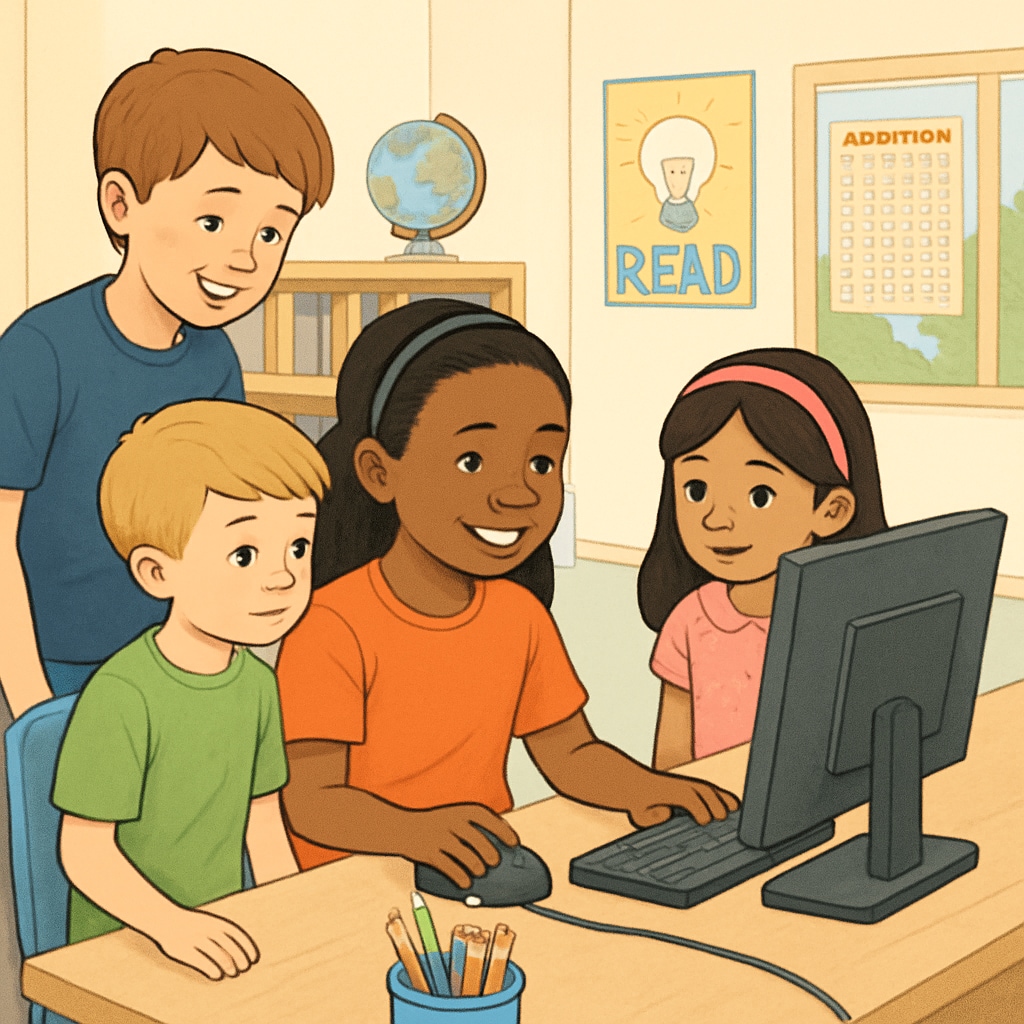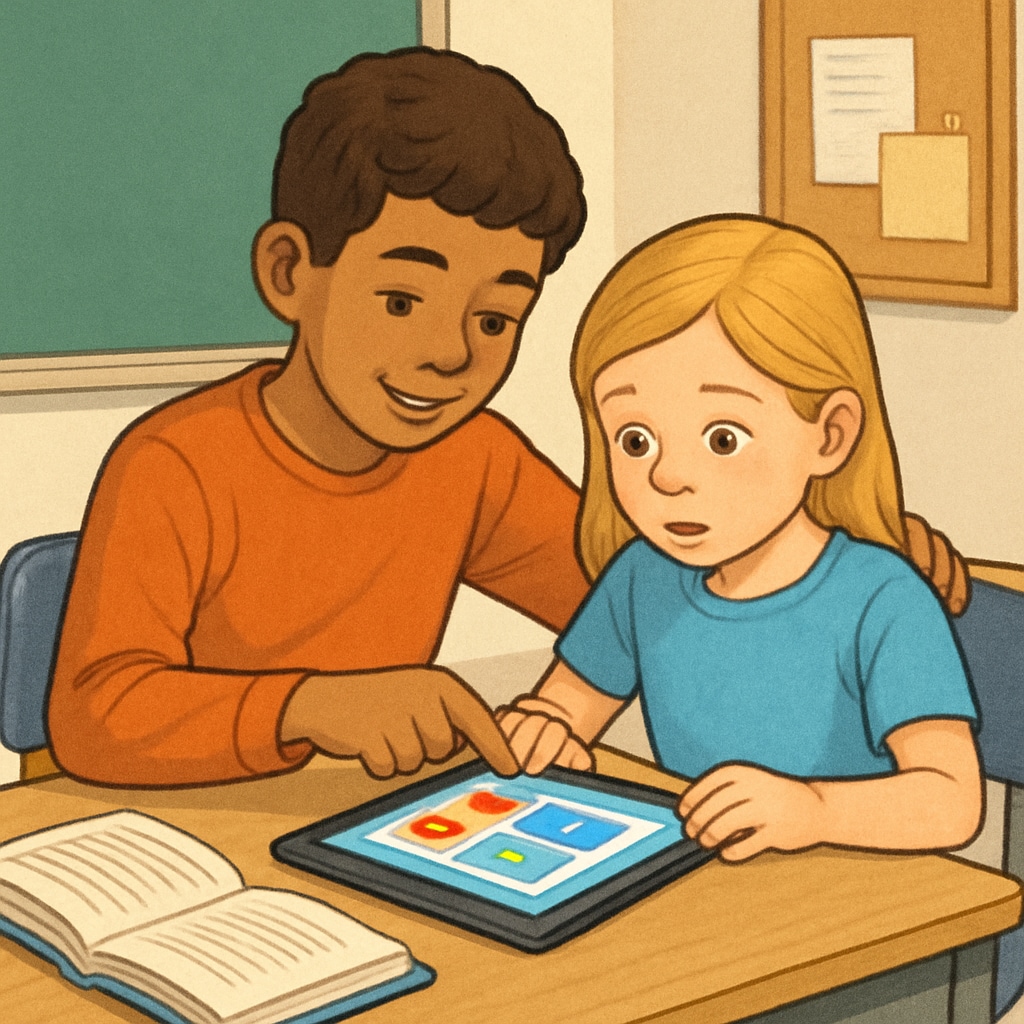Effective learning experiences often stem from innovative approaches, such as pairing different age groups to collaborate on educational projects. This article focuses on designing kindergarten-fourth grade partner computer activities, offering educators guidance on creating purposeful and structured learning opportunities. By fostering cross-age collaboration, these activities can help students of varying developmental levels learn from one another while engaging with technology in meaningful ways.
Benefits of Cross-Age Partner Activities
Partnering kindergarten and fourth-grade students creates unique learning opportunities for both age groups. Kindergarten students often benefit from the mentorship and guidance of older students, while fourth graders develop leadership and teaching skills. These interactions can enhance social-emotional learning, communication, and teamwork.
Moreover, integrating computer activities into these partnerships adds a layer of digital literacy. Younger students get introduced to technology in a supportive environment, while older students practice their own computer skills by assisting and guiding their younger peers.

Key Considerations for Designing Partner Computer Activities
To ensure successful implementation of kindergarten-fourth grade partner computer activities, educators should consider the following:
- Age-appropriate tasks: Select activities that align with the developmental levels of both age groups. Kindergarten students may focus on basic computer navigation, while fourth graders might engage in more complex tasks like coding or multimedia creation.
- Clear roles and responsibilities: Define roles for both age groups. For example, fourth graders can act as mentors or facilitators, while kindergarten students participate in guided exploration.
- Structured yet flexible design: Create activities with clear objectives but allow room for creativity and spontaneous learning moments.
- Focus on collaboration: Encourage teamwork by designing tasks that require cooperation, such as creating a simple digital story or solving puzzles using educational software.
Example Activities for Kindergarten-Fourth Grade Partnerships
Below are some examples of computer-based partner activities that can be tailored to different classrooms:
- Interactive Story Creation: Using a simple software like Scratch Jr., kindergarten students can select characters and settings while fourth graders help them animate the story.
- Digital Puzzle Building: Partner students can work together to create and solve puzzles using online tools like JigZone. This enhances problem-solving and teamwork skills.
- Virtual Field Trips: Fourth graders can guide kindergarteners through virtual tours of museums or nature reserves, explaining key concepts along the way.

Tips for Effective Implementation
To maximize the benefits of these activities, educators should:
- Prepare students: Introduce the concept of cross-age partnerships and explain their benefits to both age groups.
- Train older students: Provide fourth graders with tips on mentoring and supporting their younger partners effectively.
- Monitor progress: Observe interactions and provide guidance when necessary to ensure both groups are engaged and learning.
- Celebrate achievements: Showcase completed projects to the class or parents, reinforcing the value of teamwork and collaboration.
Conclusion
Designing kindergarten-fourth grade partner computer activities bridges age gaps, fosters collaboration, and enhances digital skills for all participants. By thoughtfully planning activities and emphasizing cooperative learning, educators can create enriching experiences that benefit students academically and socially.
For further inspiration, educators can explore resources on collaborative learning on Wikipedia or discover software options by visiting Britannica’s page on educational technology.
Readability guidance: This article uses concise paragraphs, lists, and examples to ensure clarity. Transitions like “moreover,” “for example,” and “as a result” enhance flow, while active voice keeps the tone engaging and direct.


